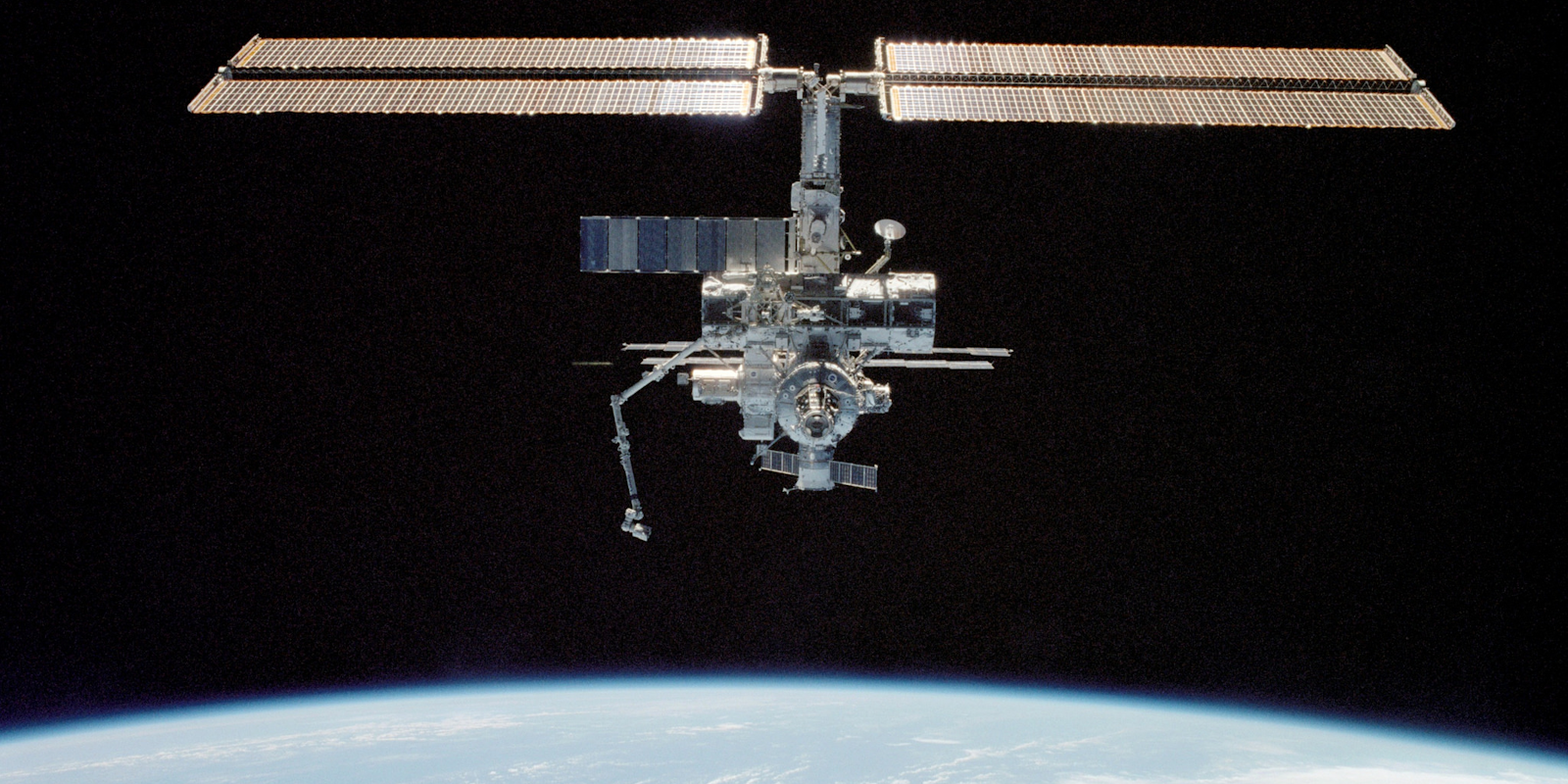NASA is definitely not what one would call an early adopter. When designing the specs for an upcoming shuttle or rover, or sending up parts for the International Space Station, NASA has to use trusted methods. It also must use products that will last for years—even decades.
With that in mind, it’s not surprising that the tech onboard the ISS isn’t exactly cutting edge. In fact some of it, such as the printers the astronauts have been using, are bordering on 20 years old now.
Those printers are actually quite important. According to Mashable, ISS residents use them to print out emergency evacuation procedures, mission critical information, and (d’aw) photos from home. They print around 1,000 pages per month on two printers. One is installed on the U.S. side of the station, the other on the Russian side.
They’re also not your average Office Depot purchase: A printer on the space station needs to meet a few unique standards. These printers must be able to manage paper in zero gravity, manage ink waste on their own, be power efficient, and resistant to fire.
In 2018, NASA finally plans to update the printers on the ISS. NASA and HP partnered to develop a new, space station-appropriate printer for the astronauts based on its standard $129.99 Envy 5600 printer. The team went through every component to ensure it would be able to function in zero gravity, and made adjustments as needed. For example, the printer carriage normally falls into place thanks to gravity. In the space station’s printer, the carriage will mechanically move into position. The printer also incorporates some 3D-printed parts, which can be easily replaced in the event that something breaks.
As for protection against fire, HP told the Daily Dot that all of the printer casings were molded with flame-retardant plastic. And astronauts’ paper of choice: they’ll be printing on A4, three-hole punch paper.
The plan is to send this new zero gravity-friendly printer into space on a SpaceX resupply mission in February. NASA will then replace the new printers every two years through at least 2024. Roughly 50 models have been built.
For the full story and photos, head over to Mashable.
H/T Mashable


